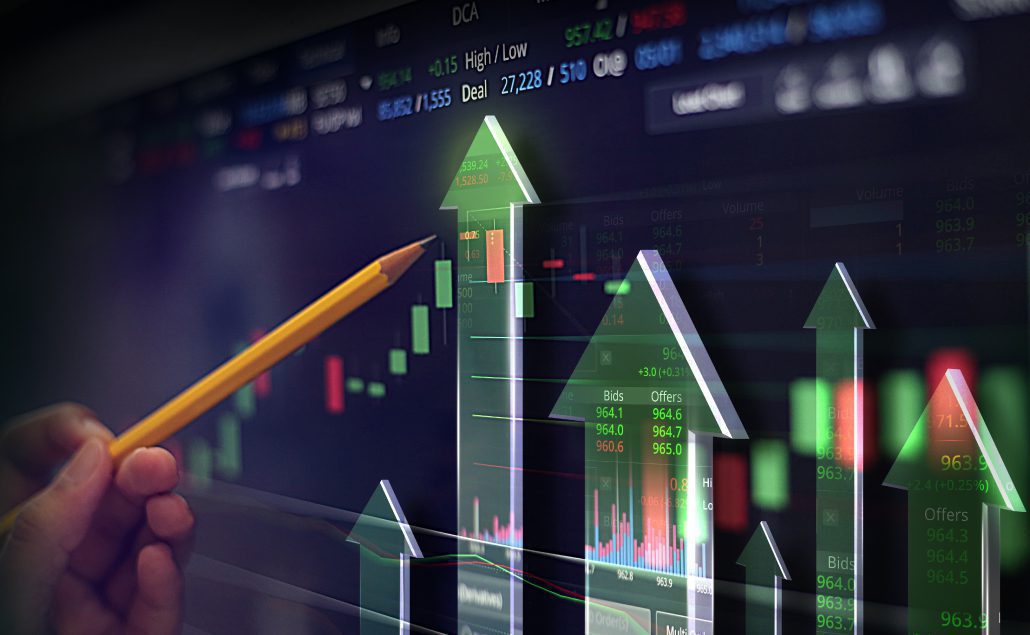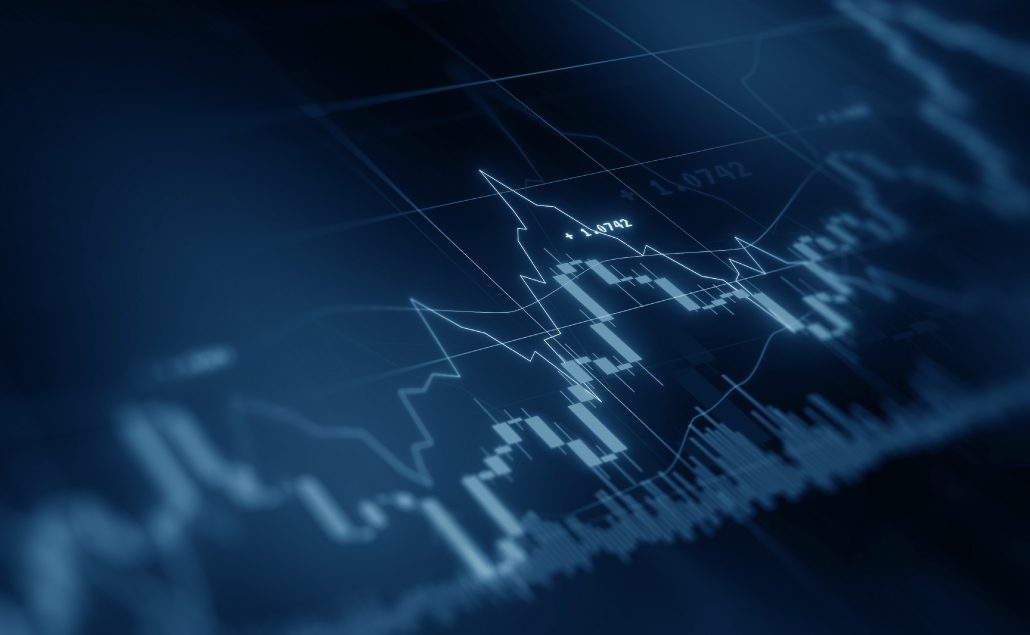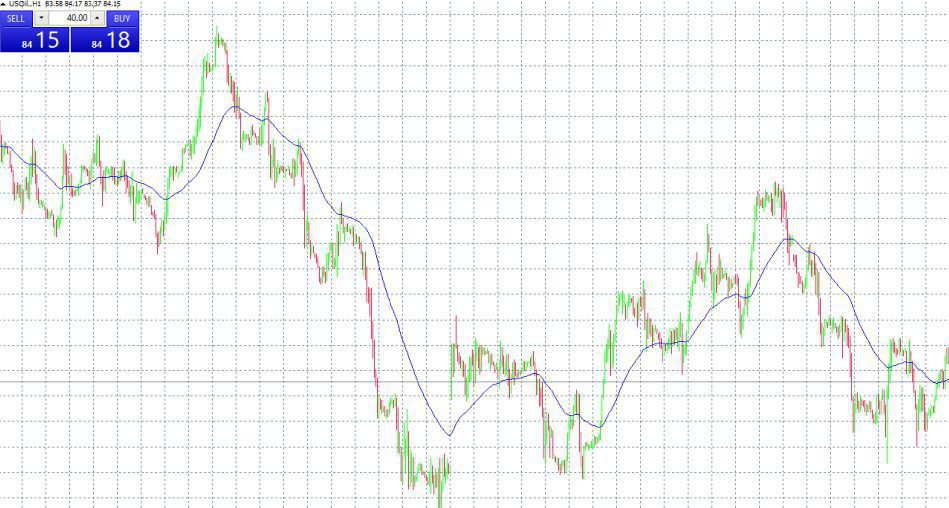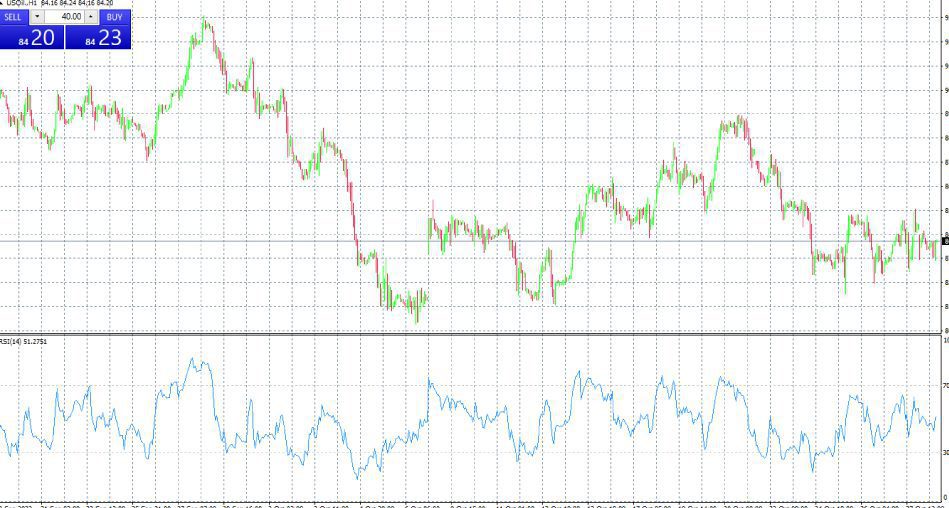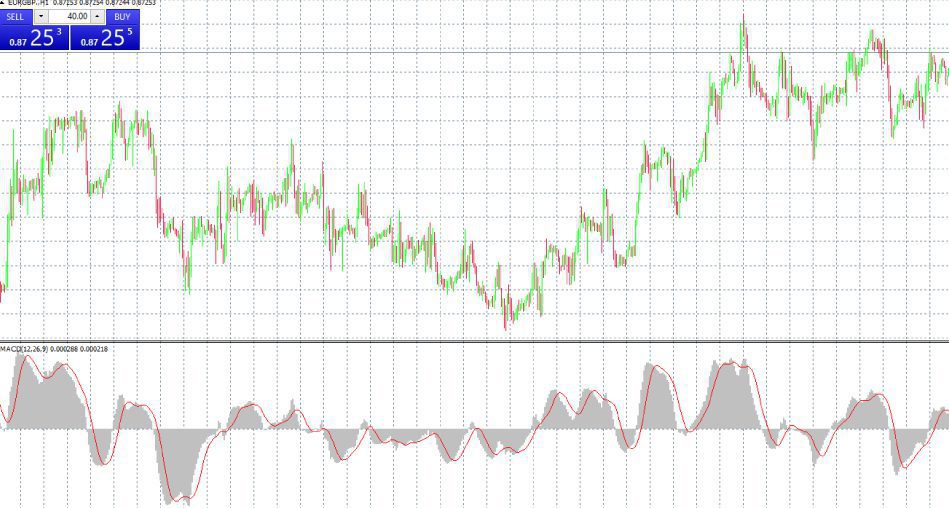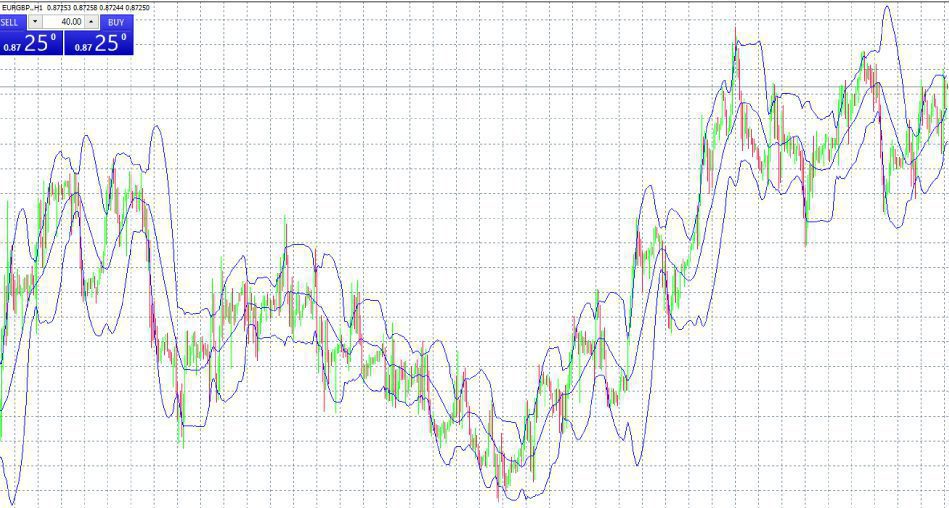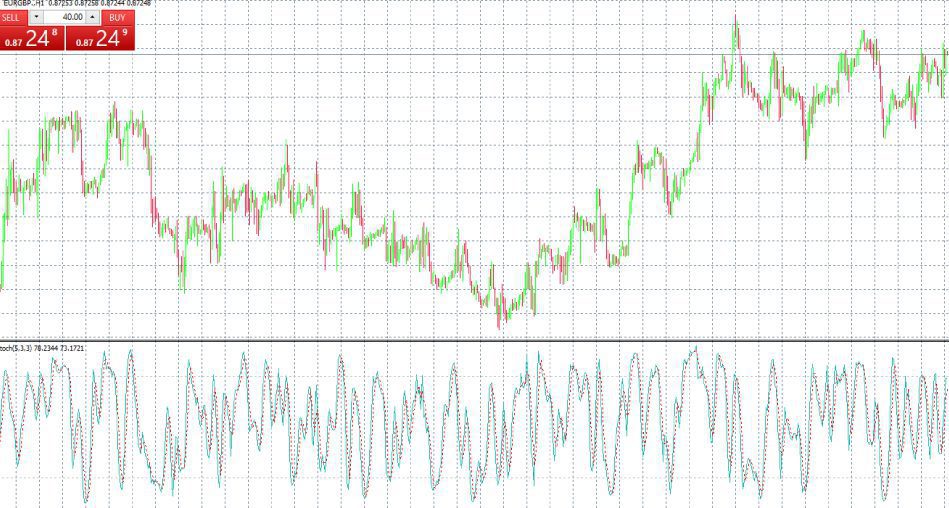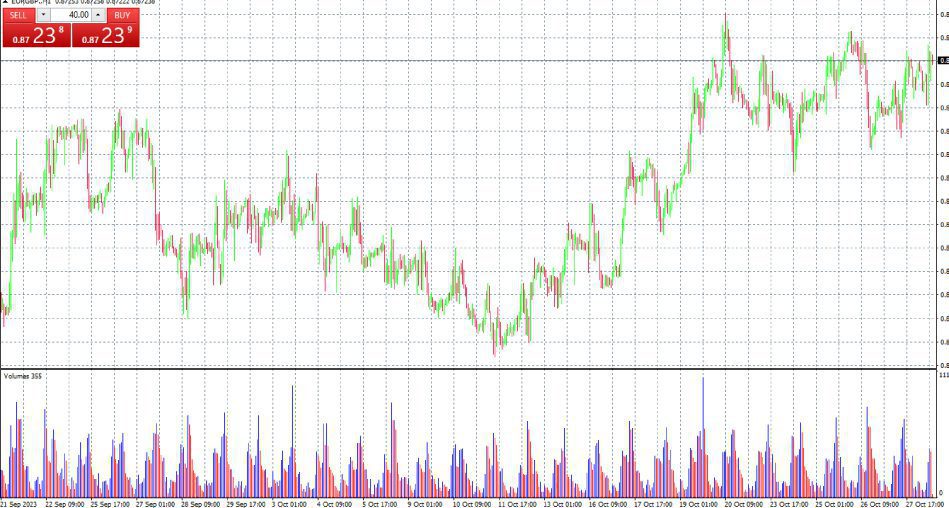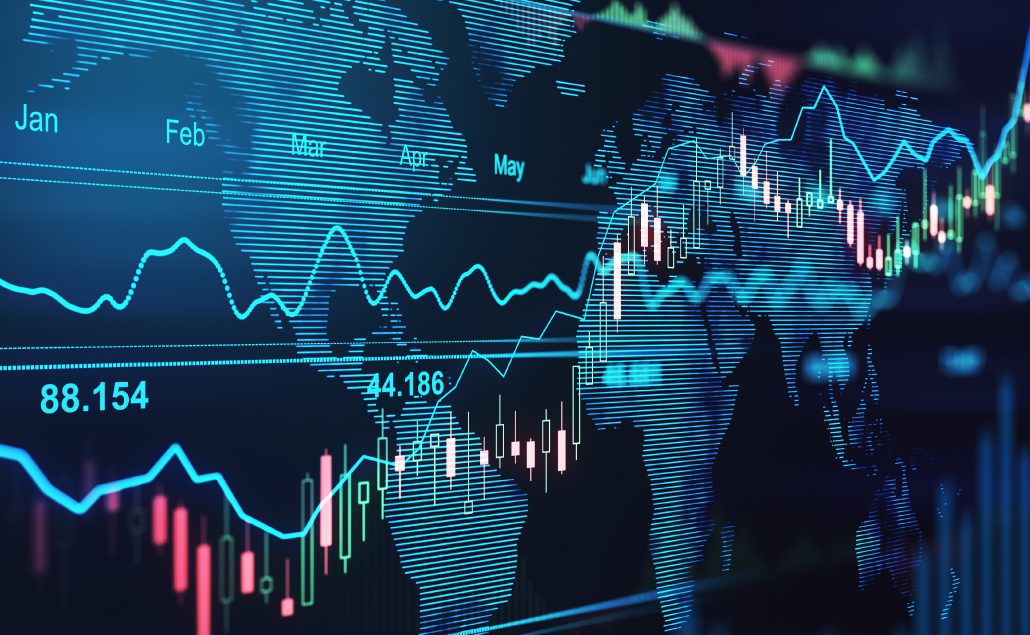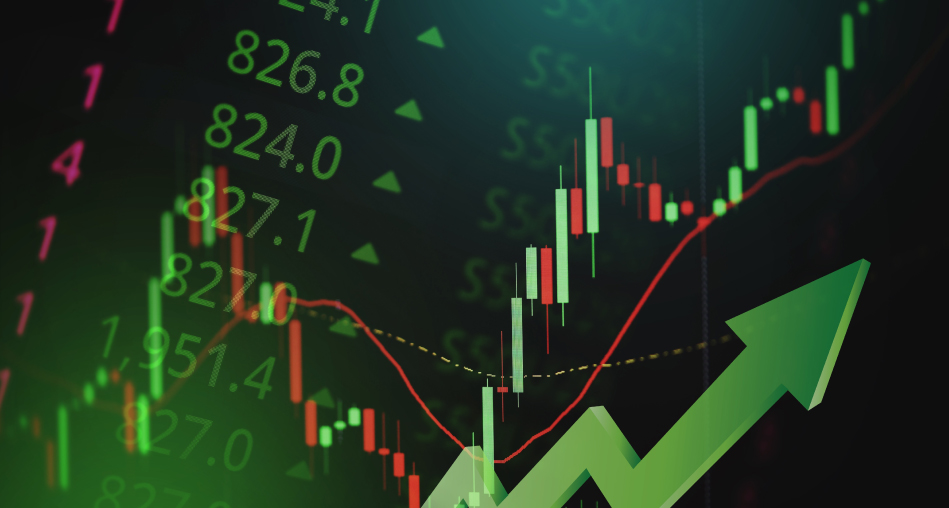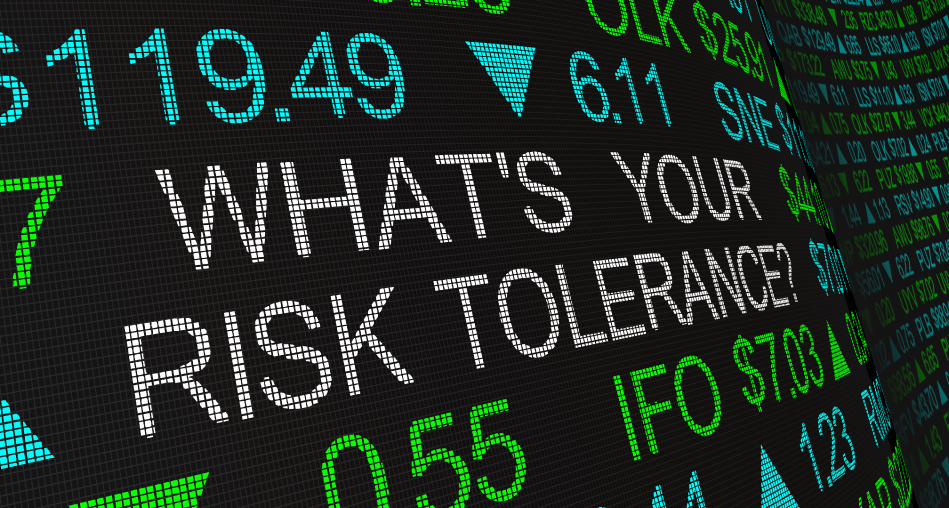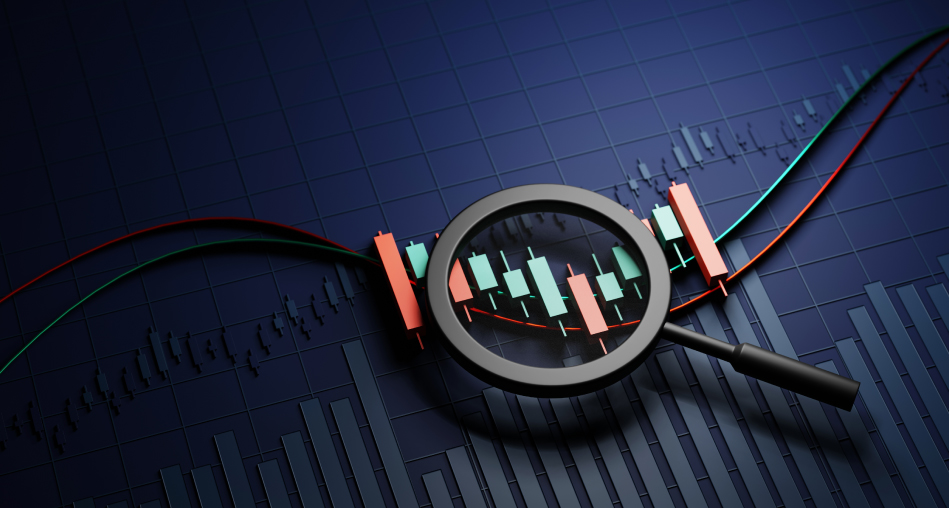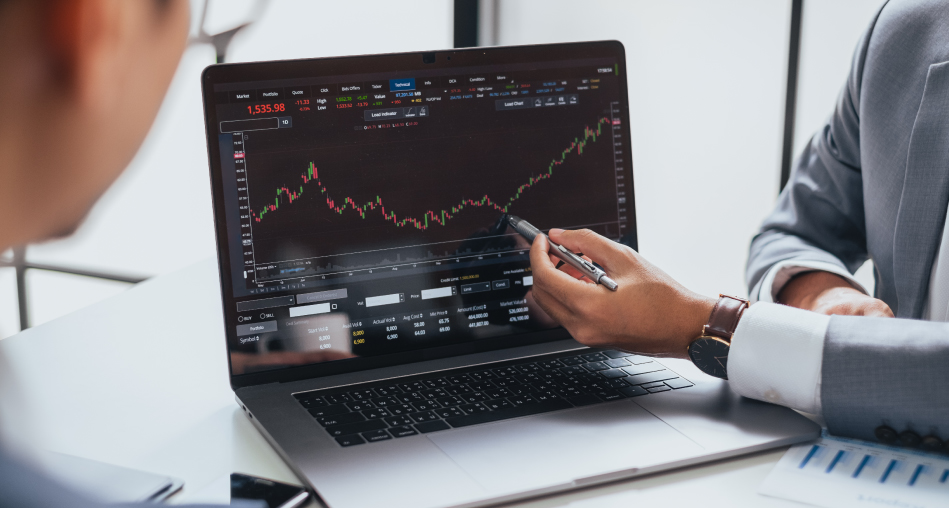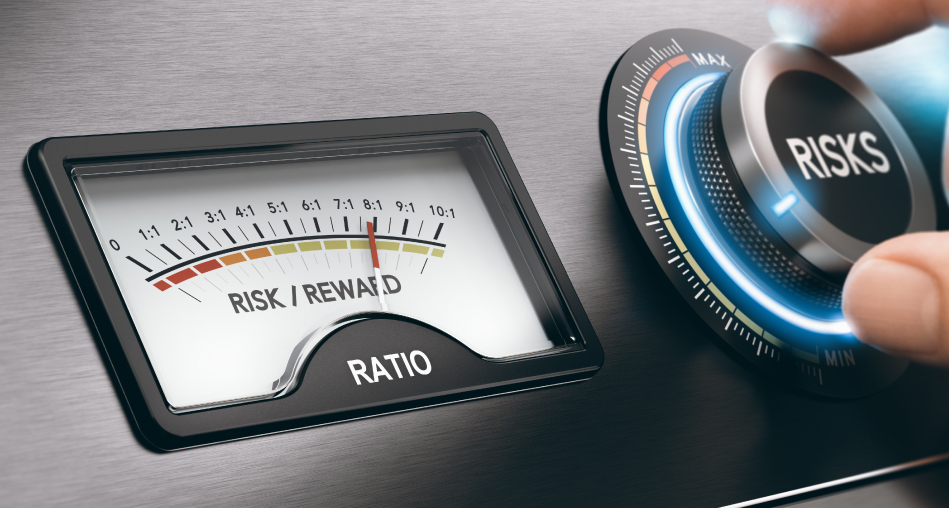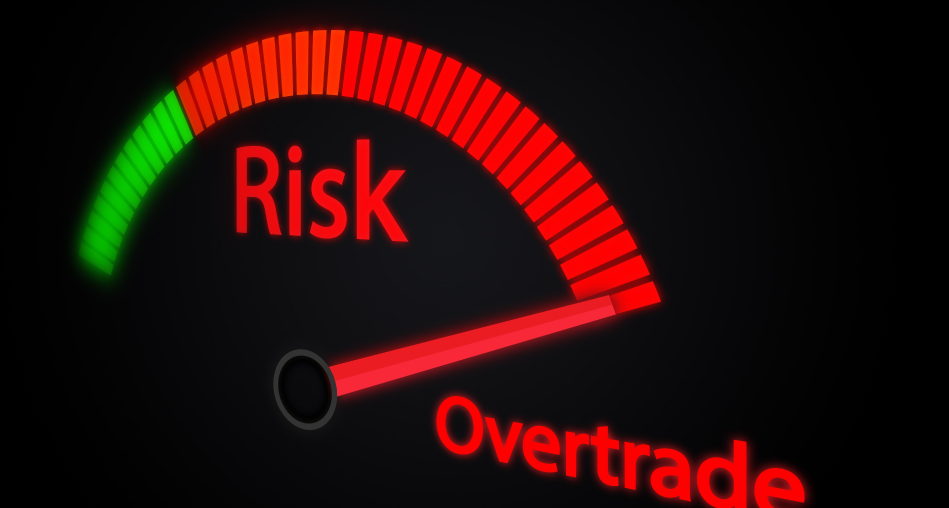Introduction:
Cultivating an unshakable sense of discipline and consistency is essential for trading success.
Without it, most traders fall victim to reckless decisions, overtrading, and blowing up accounts.
Here we outline the key steps to transform into a disciplined trader able to thrive in all market environments:
Follow Your Trading Plan
Having and rigorously following a strategic trading plan is the cornerstone of discipline.
Never deviate or make excuses. Execute your tested strategy like a machine.
Manage Risks
Staying disciplined means always managing trades sensibly.
Use proper stop losses, limit position size, and never risk more than 1-2% per trade.
Take what the market gives you.
Control Your Emotions
Discipline requires separating emotions from trading by sticking to rational, rules-based decisions.
Don’t get euphoric or desperate.
Stay calm.
Review Your Trades
Analyze both wins and losses in your trading journal to make continuous incremental improvements in real time.
This builds lasting discipline.
Focus on Your Process
Judge your trading based on how well you follow your process, not necessarily short-term P&L.
Outcomes will follow.
Trade Small When In Doubt
When in any doubt, err on the side of trading smaller. Patience and selectivity breed discipline.
Wait for your highest conviction setups.
Learn From Mistakes
Make mistakes into your lessons, not your identity. Losses happen but don’t repeat errors.
Stay flexible and keep improving.
Accept What You Can’t Control
Stay focused only on taking the best trades according to your plan.
Accept that the markets are ultimately out of your hands.
Surround Yourself with Disciplined Traders
Their mindset and commitment will rub off on you. Seek mentorship and guidance from seasoned professionals.
With consistent rigor, reflection, and resilience, you can transform into the disciplined trader you aspire to be. Trading success begins and ends with your daily habits, behaviors, and mentality.
